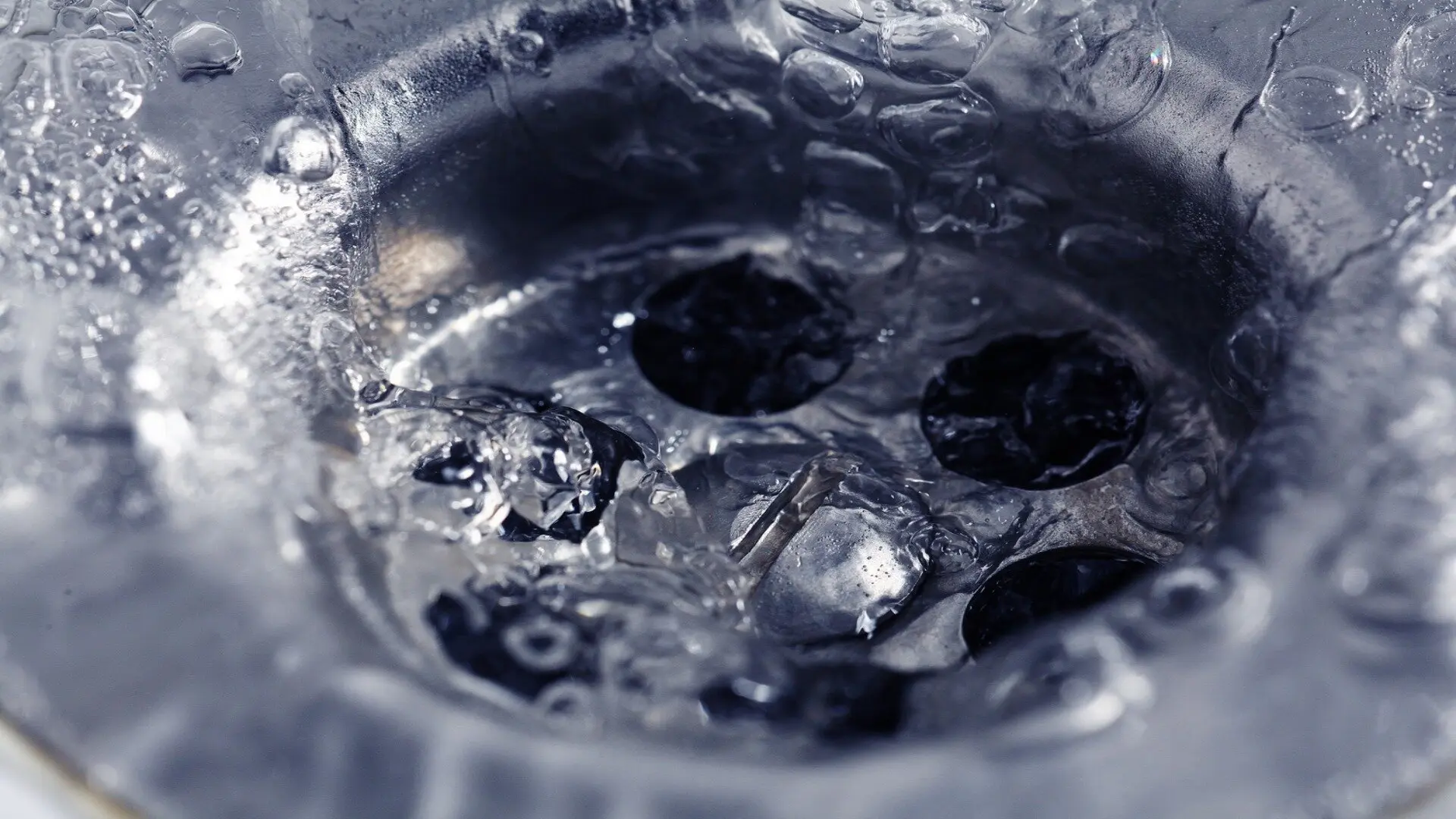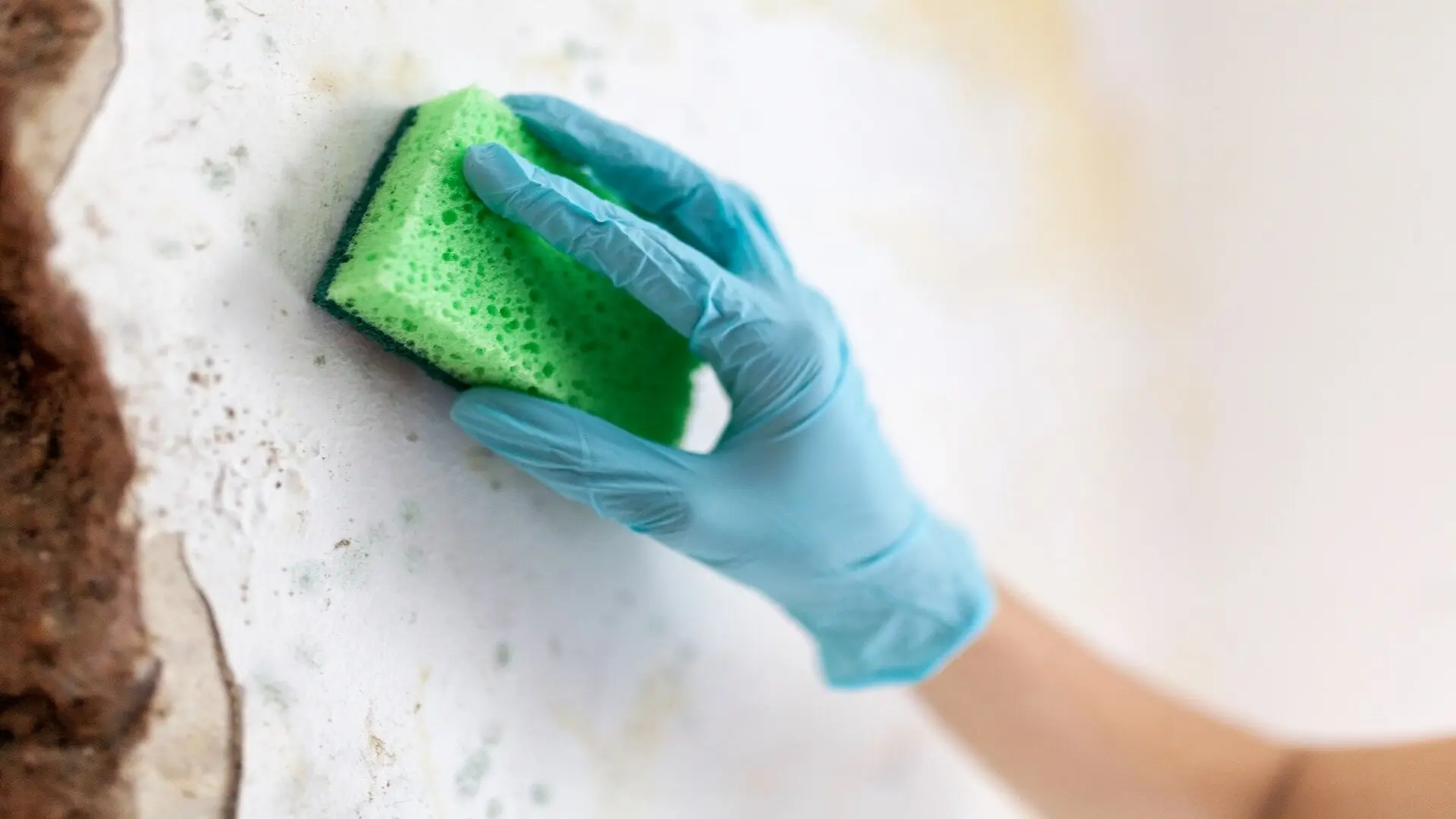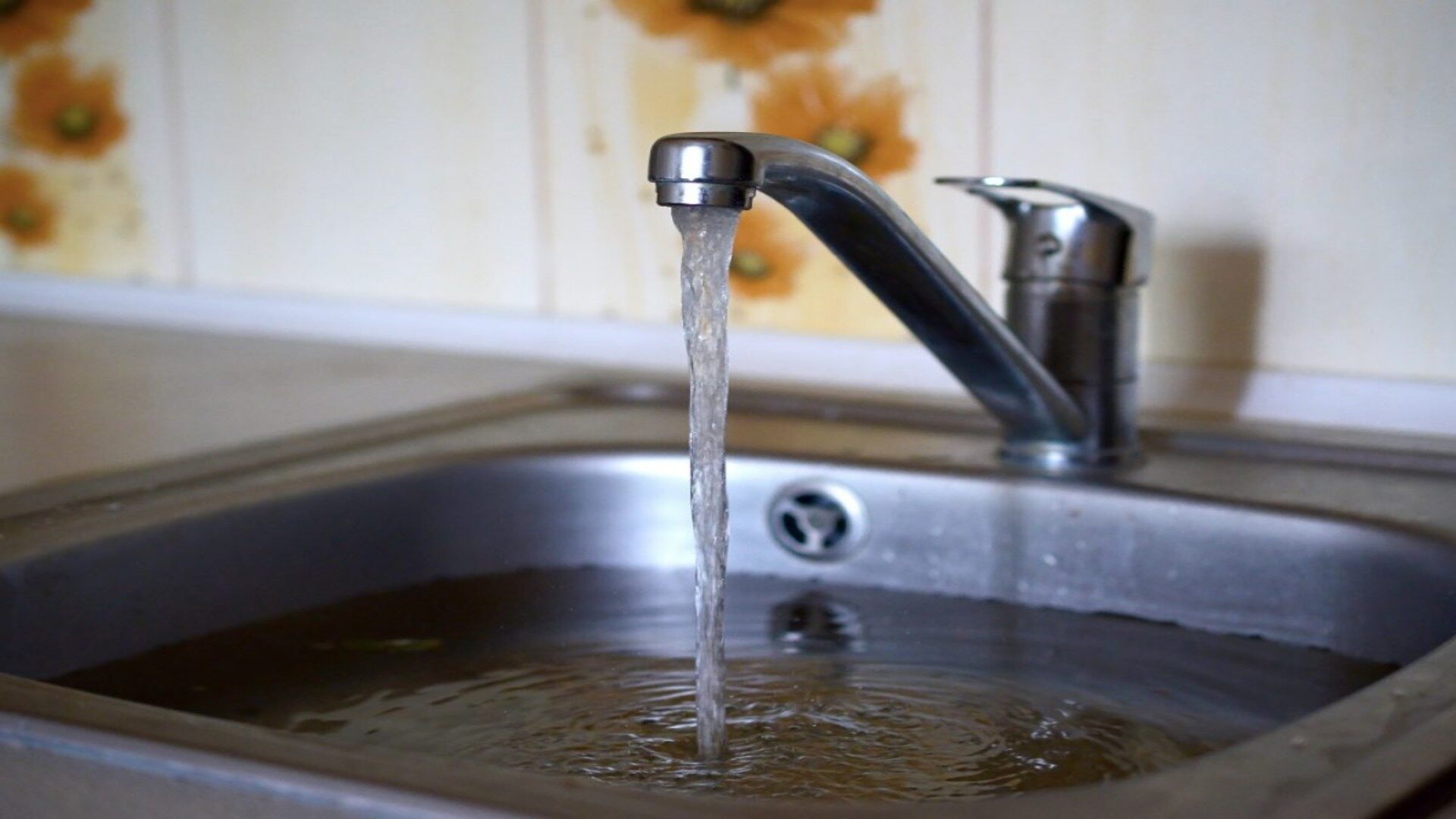
If you don’t tackle a blocked drain quickly, it can go from a pesky annoyance to a hefty home repair bill fast. When water and other materials can’t pass through as they should, they start to back up into surrounding areas.
Leaving a clog unresolved can lead to flooded floors, warped floorboards and damaged drywall. And it’s not just about the structure—standing water is a breeding ground for mould, which is a health hazard.
This blog post will explore the problems blocked drains can cause, from minor backup issues to extensive water damage. We’ll discuss signs that a drain may be clogged and provide tips for preventing blockages. We aim to help homeowners understand the importance of maintaining clear drains and what to do if a backup occurs.
Common Causes of Blocked Drains
Several common culprits can cause drains to become blocked over time. Hair is one of the biggest offenders, as hair shed from washing and bathing can make its way into sinks and shower drains.
The thin strands quickly wrap around pipe walls and collect until a clog forms. Food scraps are also frequent drain blockers, particularly in garbage disposals and sink pipes connected to them.

Other debris, such as grease, paper towels, diapers, toys, and mud, can also find its way down the drain and accumulate where the pipe diameter narrows. In addition, ageing infrastructure, like corrosion or root intrusions from trees outside, can disrupt drain flows.
Mineral build-up from hard water may coat the interior of pipes, gradually restricting water flow until a complete clog happens. Regular drain maintenance can help prevent the most common blockages caused by built-up waste and debris.
Signs and Symptoms of Blocked Drains
There are some tell-tale signs that you might have a blocked drain on your hands. For instance, water taking forever to drain is usually the first clue.
Eventually, you might notice water pooling in sinks, tubs, or showers rather than flowing away as it should. And don’t ignore bad smells coming from the drains - trapped water can encourage harmful bacteria to thrive.

You may also see backups in adjacent areas, such as overflowing water around the base of sinks, standing water in shower pans, or pooling in basement floor drains. Increased water usage could also indicate a partial clog, as running more water puts additional pressure on a constrained drainage system. Paying attention to these warning signs and addressing potential blockages early can help avoid costly repairs from extensive water damage down the line.
Consequences of Blocked Drains to Your Home
A clogged drain left unaddressed can wreak havoc on a home. Beyond being a frustrating plumbing issue, backed-up water poses severe problems if allowed to persist. Here are some of the effects of blocked drainage on your home:
Water Damage
Standing water will increasingly damage flooring, drywall, insulation, and even wood framing by warping and rotting as it soaks materials over long periods. This leads to costly repairs.
Structural Issues
Moisture trapped behind walls or under floors can compromise your home’s structural integrity of load-bearing components as wood weakens. Foundations may also become destabilised.
Mould Growth
Trapped water provides the perfect environment for moulds to thrive, potentially causing health issues for occupants like asthma or respiratory problems.
Plumbing Damage
Poor drainage isn’t just a functional headache—it can also lead to unsightly discolourations and watermarks on your surfaces, ruining the look of your home. And when your drainage system is consistently under pressure from backups, it can result in damage that might call for replacing extensive parts of your plumbing system.

Decreased Property Value
If drainage problems persist and cause water damage, it could affect your home’s value and make it harder to sell. After all, buyers are understandably cautious about taking on what might seem like a "money pit."
Odour Issues
When your drainage system is blocked for a long time, waste materials start to rot, emitting a strong and unpleasant smell. Beyond the smell emanating from clogged drains themselves, trapped sewer gases and microbial growth produce odours that permeate walls, flooring, and furniture, making the entire home unpleasant.
Pest Infestations
Standing water is a calling card for insects like mosquitoes and can open the door for rodents, creating access points as the wetness seeps through your home’s defences - introducing even more health risks.
Waste Backups
When water has nowhere else to go, it is forced to flow back into your home. Extreme blockages may cause backups into tubs, showers and floor drains as the system becomes overwhelmed, releasing waste throughout those areas.
Health Risks
Microbial growth and contaminated water pose ingestion and contact threats, particularly for young children and immunocompromised individuals in the home. Respiratory issues are also common.
Insurance Claims
Protracted or extensive damage from drain clogs may impact homeowners’ insurance rates or qualifications if claims exceed coverage limits. Preventing issues is ideal.
Prevention Tips
Homeowners can take some simple steps to help prevent drain clogs and backups from occurring. You can use techniques to care for less severe blockages at home without calling professionals.
One is to use drain cleaning chemicals. Here, you may pour the chemicals down the sink and then allow them to remain overnight. The next day, you can perform a test by pouring water down the sinkhole and checking if it flows at a steady speed.
Regular drain maintenance is also vital - clearing hair and debris from drains weekly using a drain snake, or plunger can remove build-up before it becomes problematic.

Consider installing strainers in all drains to catch solids before they go down. Pouring 1/2 cup baking soda followed by 1/2 cup of white vinegar down each drain monthly can help cut through grease and soap scum build-up. Avoid putting food scraps, grease, oils, diapers or heavy objects like mashed potatoes down the drain. Use the trash for solid waste disposal instead.
Consider using drain covers where applicable to keep larger objects from entering pipes. Inspect exterior drains and vents regularly for signs of roots, cracks or corrosion. Proper venting of the drainage system is essential for airflow and flow speeds. Staying on top of regular maintenance and cleaning minimises the risk of costly drain blockage issues in the long run.
Clearing the Path to a Healthy Home
Blocked drains pose severe risks to a home’s structure, plumbing system and occupants’ health if not addressed promptly when issues arise. As this blog post has discussed, the consequences of unresolved drain backups can range from inconvenient to highly costly in terms of repairs, remediation and structural damage.
Homeowners must be aware of signs of blocked drains and take preventative steps through regular maintenance. If they already have drain issues, professional help is recommended to fully assess problems and properly remedy blockages.
Contact the experts at Fixed Today for camera inspections, drain cleaning and plumbing repairs. We’ll get your drains flowing freely again to prevent further costly damage and health hazards.














